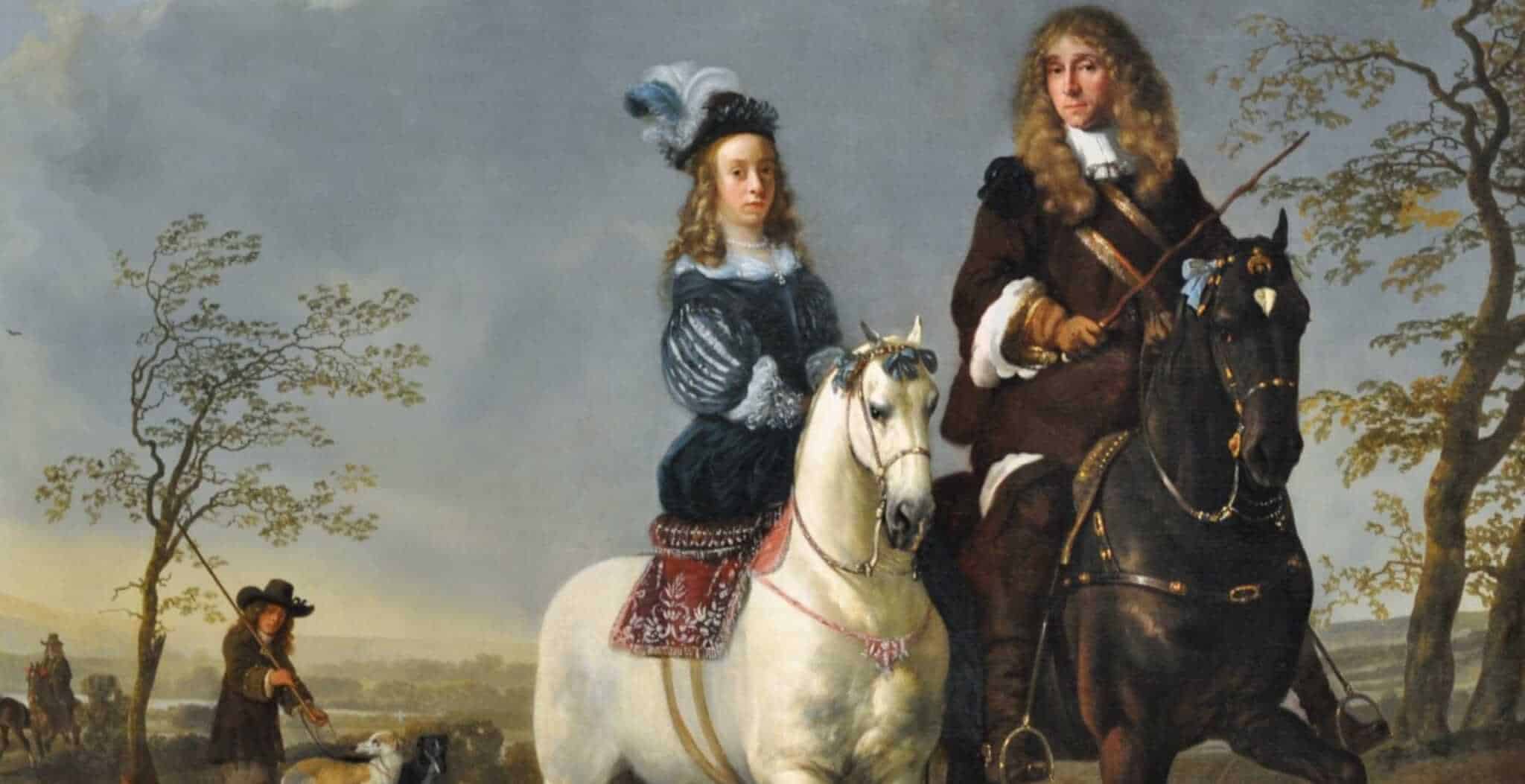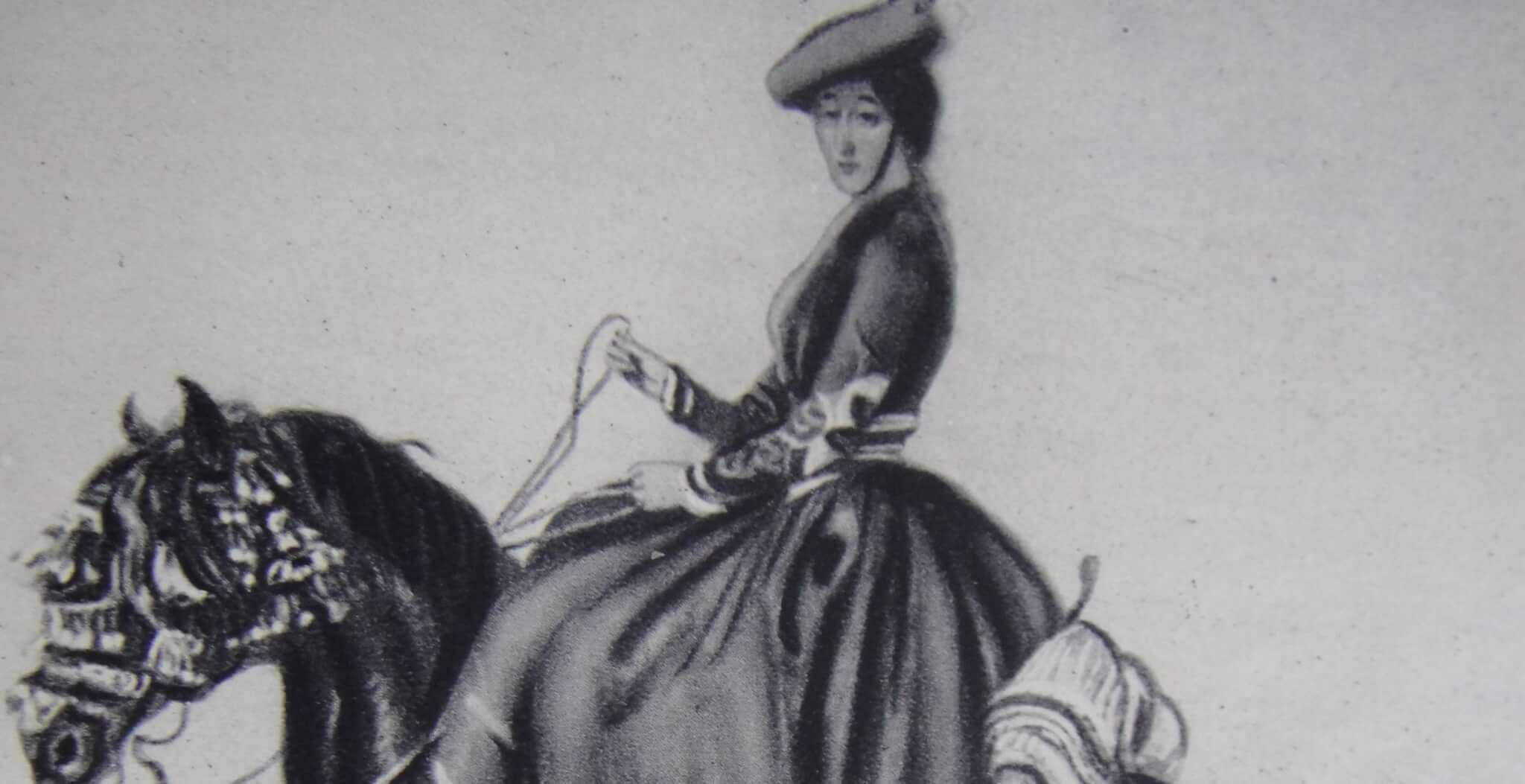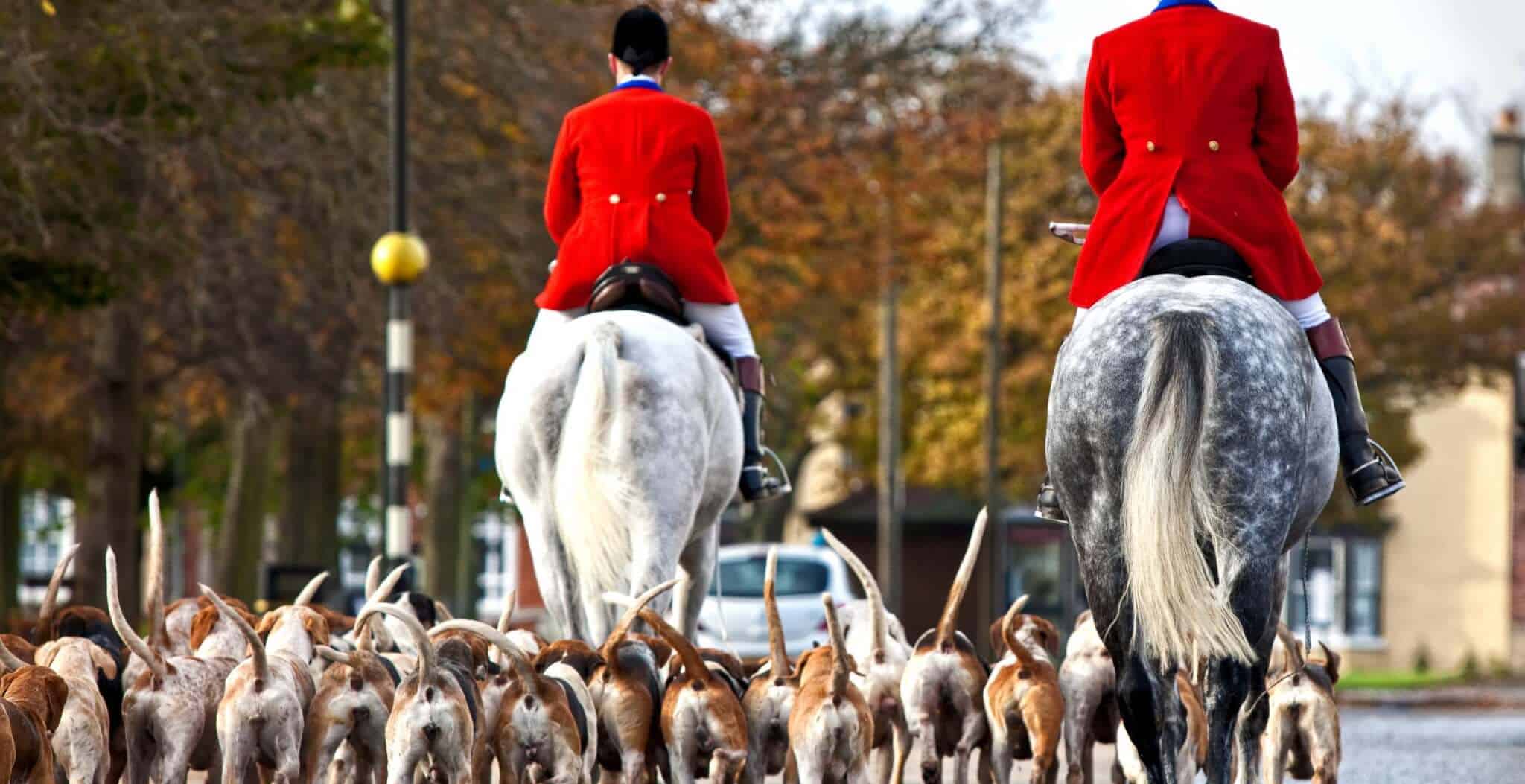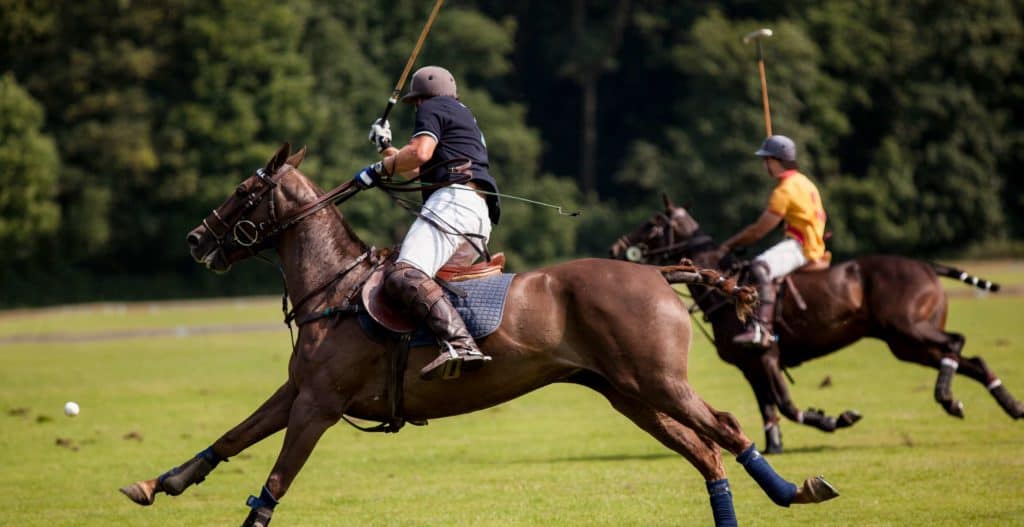The horse’s contribution to Britain’s rich history and culture is significant. From the early image of Queen Boudica in a chariot being drawn by her two chargers into battle with the Romans, the horse has long been part of life in Britain. The ancients were so in awe of these creatures that they carved figures of giant horses into the chalk hills of southern England.
In terms of folklore and superstition the good luck associated with placing a horseshoe over a door dates from the Middle Ages.
The legend associated with this tradition has it that one day the Devil came to a blacksmith’s forge in disguise to have his cloven hooves shod. The blacksmith named Dunstan at first agreed, but after seeing through the disguise, he tied the Devil to the anvil and attacked him with hot tongs. The Devil begged for mercy, but Dunstan only released him when he promised never to enter a house where a horseshoe hung. The horseshoe must be placed with the toe down so that it can catch goodness from heaven. Dunstan did not remain a simple blacksmith for long; he later became Archbishop of Canterbury and was made a saint after his death in 988 A.D.

To this day “lucky horseshoes” remain a common sight at weddings.
The horse may also have been responsible for influencing Britain’s history when in October 1066, William the Conqueror of Normandy put his army, including 3,000 horses, onto 700 small sailing ships and headed across the channel to England. William had come to secure his right to the English throne from the Saxon King Harold. The English and Norman armies met near Hastings where William’s army was victorious largely due to his cavalry assisted by archers.
One of William’s cavalrymen on that day was his half brother, Odo, Bishop of Bayeux. As befits a devout man of the cloth, Odo swung a rather large club from his horse to avoid drawing English blood. After the battle, Odo commissioned the Bayeax Tapestry, some 231 feet in length; the importance of the horse is recorded by the fact that there are a total of 190 horses depicted on the tapestry itself.
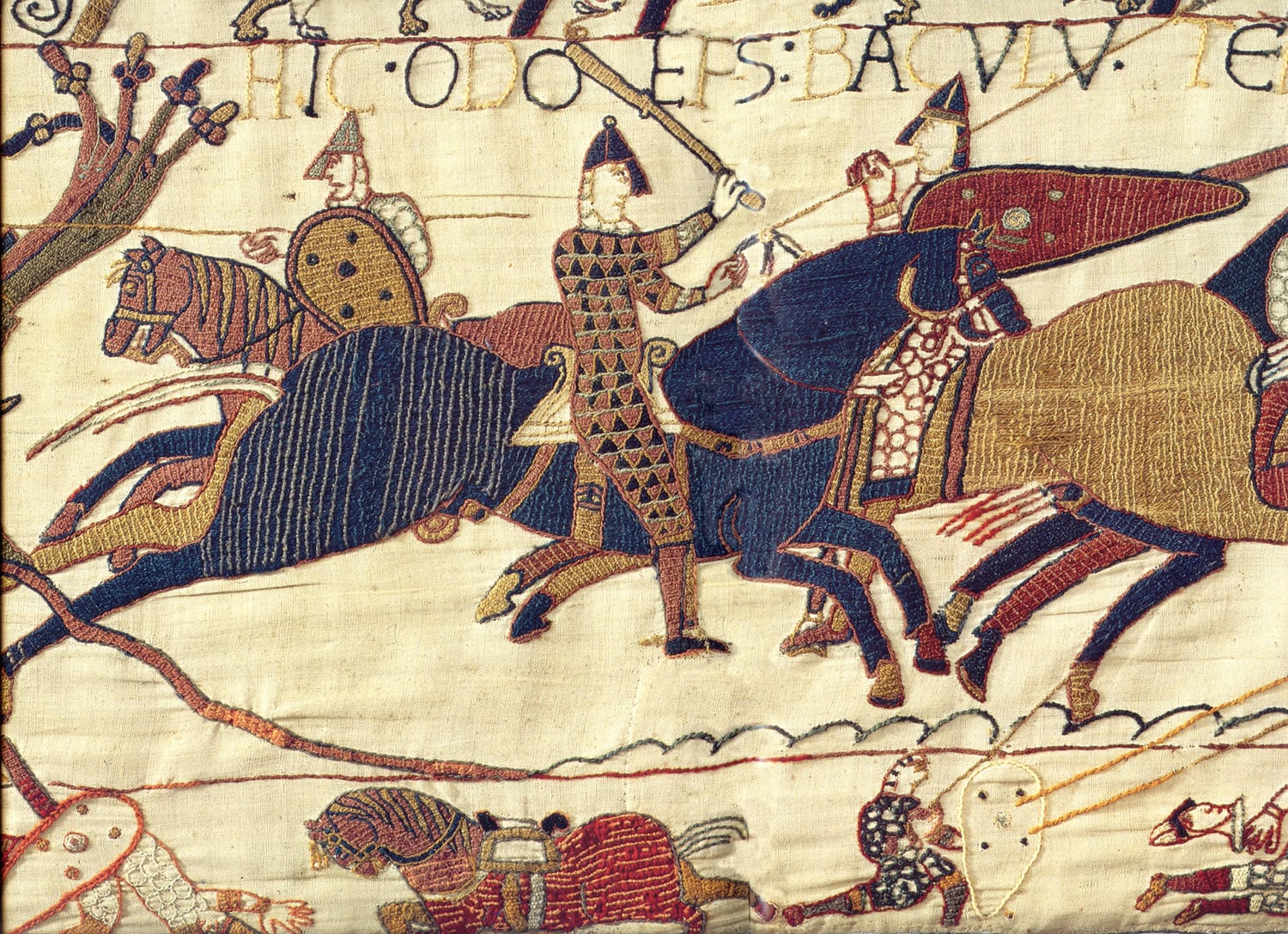
Many English words and phrases used today derive from the horse. Examples include “horseplay” (rowdy behaviour), “work like a horse” and “eat like a horse”. “Straight from the horse’s mouth” signifying that the information comes directly from the original source is thought to derive from the practice of gauging a horse’s age by examining the condition of its teeth. James Watt even based his famous measurement of power on the workhorse of the day – horsepower – the power required to lift 33,000 pounds by one foot in one minute.
The horse has provided names for many of Britain’s plants and insects including horse chestnut, horseradish, horse-fly and horse-parsley. Whilst the horse chestnut was once used for treating sick animals, the prefix “horse” often signifies that a plant is coarse or unrefined.
Many British place names demonstrate horsey origins such as Horsley which means a “clearing or pasture for horses”, Horsmonden “woodland pasture where horses drink” and Horsham, a Saxon name which is thought to mean “village where horses are kept.”
Nowadays horses mainly provide sport and entertainment. From show jumping at Hickstead, eventing at Gatcombe Park and polo at Cirencester Park through to the major racing events at Cheltenham (Gold Cup), Aintree (Grand National) and Royal Ascot (Derby), the horse remains a significant part of life in today’s Britain.

